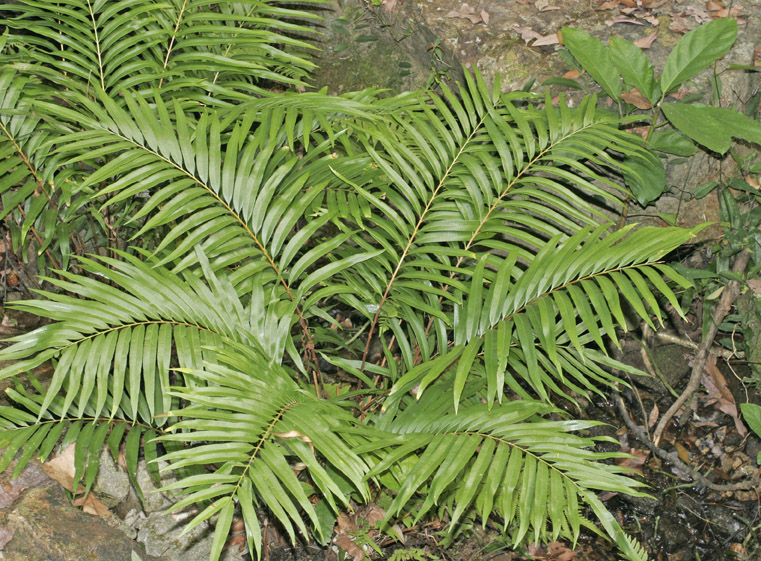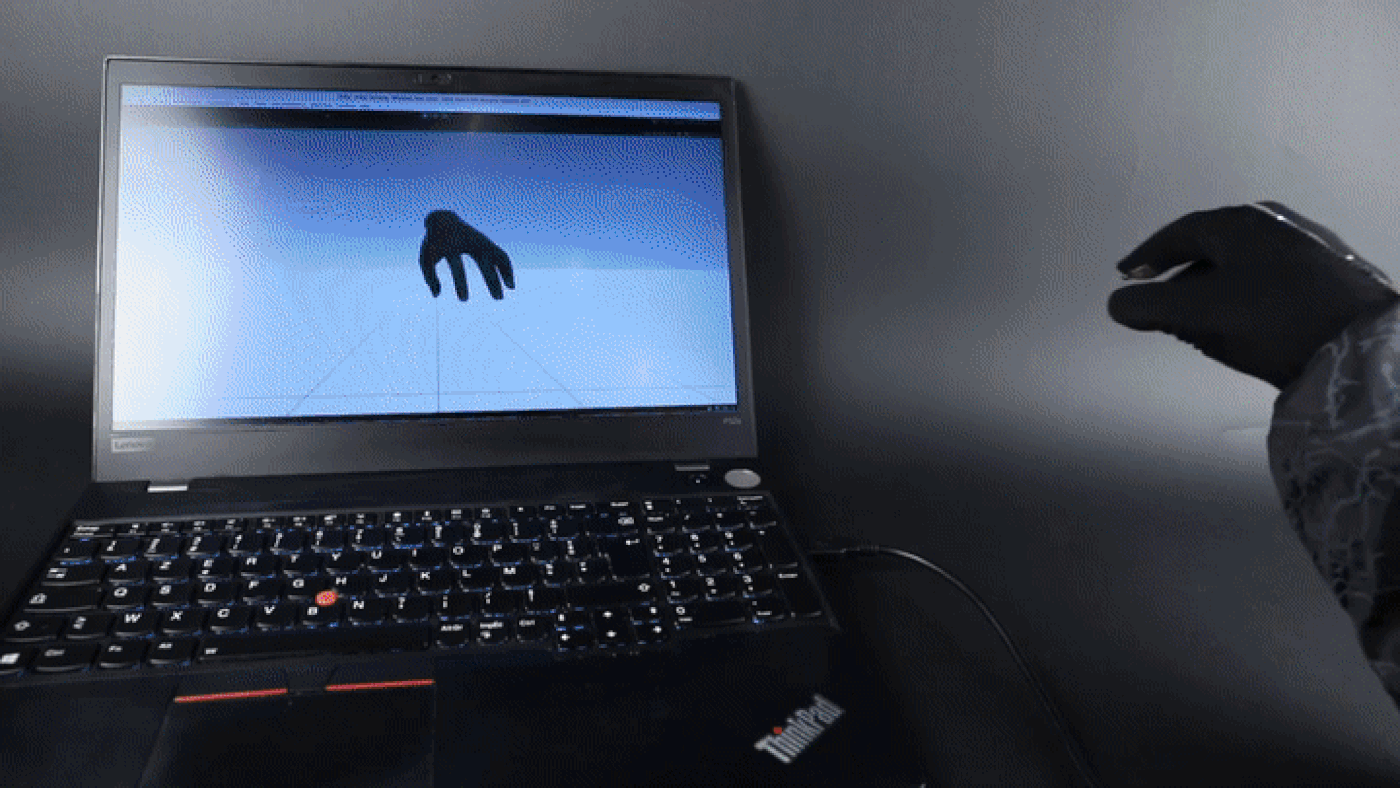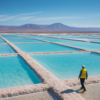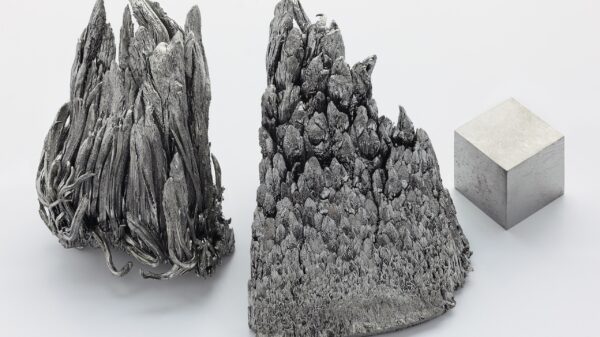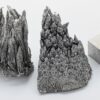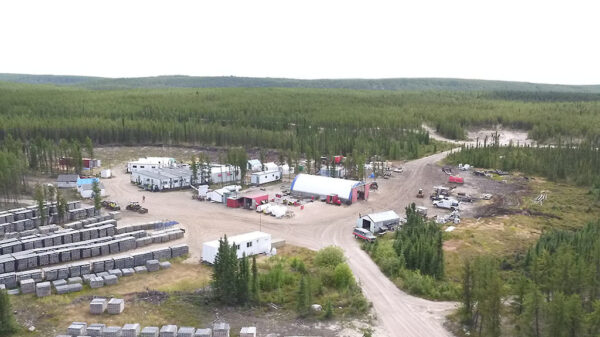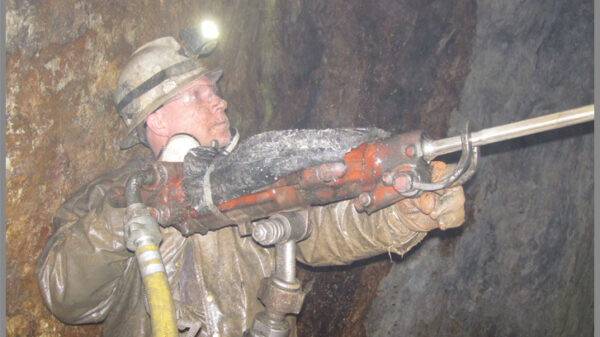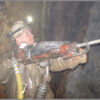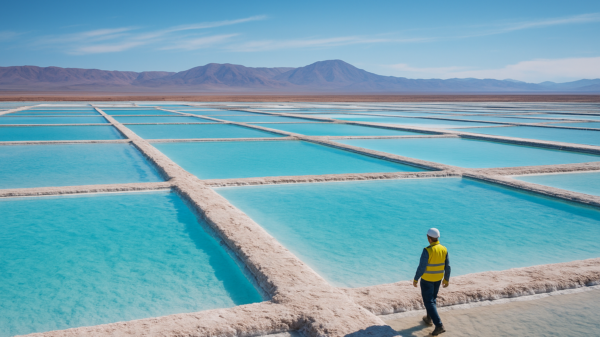Researchers from the Guangzhou Institute of Geochemistry and Virginia Tech have discovered that rare earth element supply concerns could be alleviated by extracting them from plant life.
Specifically, these scholars determined that a rare earth-bearing nanoscale monazite mineral can be produced in significant concentrations within a fern species named Blechnum orientale under ambient Earth-surface conditions.
This mineral is rich in rare earths such as the critical magnet component neodymium, cerium and lanthanum. The latter two elements have a broad multitude of uses ranging from automotive catalytic converters to alloys, fuel additives and LED lights.
On Nov. 4, the Chinese scientists published a study in the peer-reviewed journal Environmental Science & Technology titled Discovery and Implications of a Nanoscale Rare Earth Mineral in a Hyperaccumulator Plant. Their findings became a popular topic the following week, being covered by Chinese state media and other prominent North American outlets.
“This represents the novel discovery of REE mineral crystals formed in living plants through a phytomineralization [i.e., plant-mediated mineralization] process,” the Chinese Academy of Sciences and U.S. investigators specified in the abstract of their article.
Read more: Rare earth yttrium rapidly ascends to record high as supply concerns escalate
Non-radioactive extraction process
The means of extracting these rare earths has also proven to be beneficial because naturally occurring monazite contains radioactive elements like uranium and thorium. It generally forms under extreme heat and pressure underground. Extracting its rare earth materials from Blechnum orientale avoids dealing with associated hazards.
“This work substantiates the feasibility of phytomining [extracting metals from soil with specific flora] and introduces an innovative, plant-based approach for sustainable REE resource development,” they added.
Discovering the plant’s capability was a total surprise and “breakthrough” in this niche of plant and geoscience, according to study author Liuqing He.
This significant finding could pave the way for a green circular model of rare earth extraction that side steps environmental complications, radioactive waste, extreme water consumption and land degradation.
Read more: USA Rare Earth jumps up 23% after White House talks reveal
First of its kind discovery
Scientists already understood that the fern was a hyperaccumulator plant that is valuable for phytomining, but they didn’t comprehend the chemical form the rare earths take inside of it until now.
The Blechnum orientale fern has naturally adapted to environments with high rare earth concentrations. Other varieties of plants would not survive in such conditions.
“To our knowledge, this is the earliest reported occurrence of rare earth elements crystallizing into a mineral phase within a hyperaccumulator,” the authors said.
They used high-powered imaging technology and chemical analyses to make the breakthrough discovery. Nonetheless, it only serves as a proof of concept and further research is necessary.
Hyperaccumulator plants are defined as species that accumulate 100 to 1,000 times more of a specific metal in their shoots than normal varieties. Nickel, cobalt, manganese and zinc are other materials they can potentially yield.
Dicranopteris linearis, a fern native to China, is another that can accumulate rare earths in its leaves. However, Blechnum orientale’s newly discovered capability is of more significance because the plant is actually turning rare earths into solid nano-crystals within its tissues under natural conditions. This was previously thought to be impossible.
🚨🇨🇳 A FERN THAT MINES RARE EARTHS? CHINA JUST FOUND THE PLANT THAT COULD CHANGE EVERYTHING
Nature just pulled off a flex the mining industry couldn’t:
A fern in South China that grows its own rare-earth crystals – the same REEs that power iPhones, EV motors, missiles, and… https://t.co/tixMei8WWR pic.twitter.com/nCGfI0HGYM
— Mario Nawfal (@MarioNawfal) November 16, 2025
Read more: Apex Critical Metals expands into Nebraska’s Elk Creek with rare earth acquisition
Follow Rowan Dunne on LinkedIn
rowan@mugglehead.com

